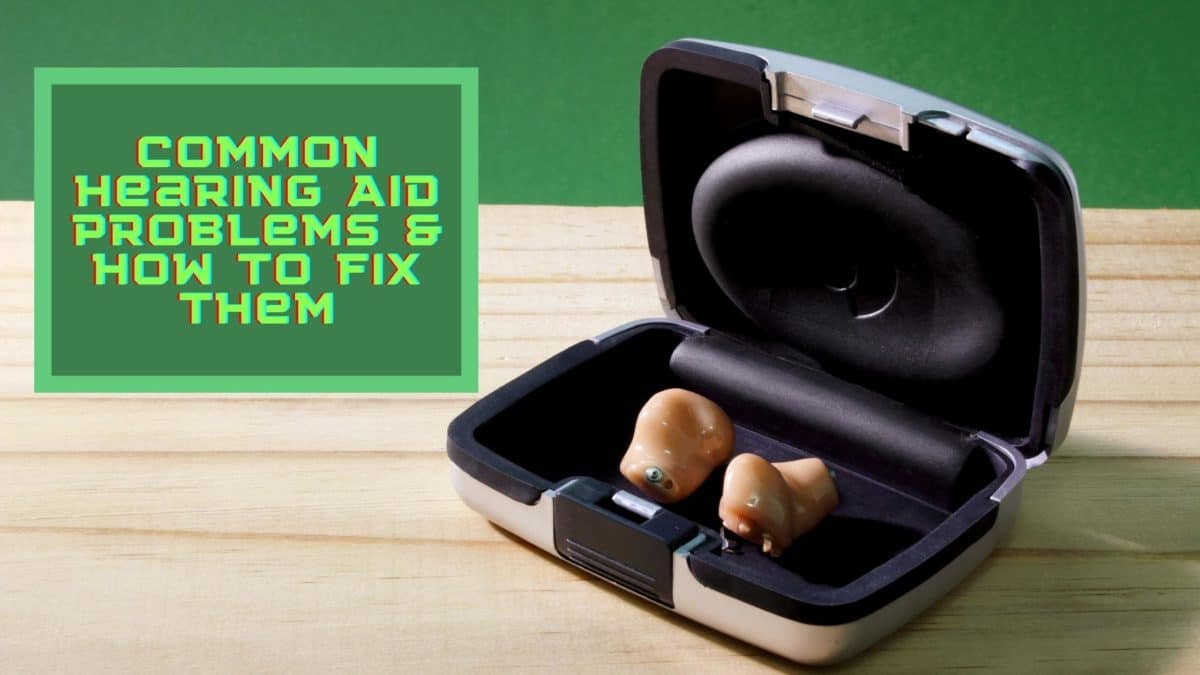- The Future of Hearing Health Research: Promising Breakthroughs - April 18, 2024
- Hearing Health in the Classroom: Strategies for Teachers and Students - April 6, 2024
- The Power of Bluetooth: A New Chapter in Hearing Aids - March 26, 2024
Like most machines, even hearing aids require maintenance and routine upkeep in order to work to their maximum potential. That might mean taking your hearing aids in for a checkup or small repairs now and again, some of which might be covered by the manufacturer’s warranty or the purchase agreement when you initially bought them.
But, many small diagnostic checks can be performed by you in the comfort of your own home. You will learn the individual quirks and needs of your hearing aid with time, but there are some universal practices to solve simple problems that you can get started with.
Turn them off and then on again
In the age of civilian space travel, virtual reality, and the metaverse, this classic IT move is still the first step when faced with hearing aids that aren’t working like you want them to. The reason it stays at the top of the list is that turning an electronic device off and then on again works much of the time.
Examine your hearing aids for debris or damage
Of course, that simple trick won’t solve more in-depth issues. The next step is to examine your hearing aids visually. If seeing small items is challenging, break out your magnifier.
Because hearing aids have multiple electrical components, efficiently fitted together and housed within your ears which are wax producing, you’ll want to check for wax buildup and remove it carefully with a cotton swab or soft towel. Do not get your hearing aids wet to clean them. Moisture is one of these tiny powerhouse’s worst enemies and we want to keep them as dry as possible.
The two most common places to check for wax buildup are the microphone opening and the sound outlet. Once the buildup is removed, your hearing aids should function properly.
If you have a model that includes a tube, check the tube for cracks, blockages, or moisture. Your audiologist’s office should be able to quickly and inexpensively repair tubing if you notice structural issues.
Evaluate the battery situation
If your hearing aid is clear and you see no structural problems or debris, check out what’s happening with the battery. Take your batteries out and put them back in again. They may have been inserted incorrectly, which prevents the battery door from closing, which will, in turn, prevent your hearing aid from powering on.
If that doesn’t work, try out a replacement set of batteries to see if the problem lies with the batteries themselves. You can also inspect the battery to see if there are signs of corrosion (appearing as `rust), which can occur when batteries or battery housing meet moisture. You can try to clean this off yourself, but you might need to take your hearing aids in for professional repair for a thorough cleaning.
Check your settings
With so many setting options available on today’s hearing aids, it can be easy to mistakenly have your hearing aids in an unfamiliar setting. This might be the case if your hearing aids are turning on, but you find the sound to be too quiet or unsatisfactory. Try pressing the setting button a few times to toggle between programs to see if you can find one that sounds like what you were expecting.
Other solutions + professional diagnosis
If your hearing aids are producing ‘whistling’ noises, try taking them out and reinserting them. Then, lower the volume. The whistling effect should cease if they are incorrectly with volume adjusted.
If these quick fixes don’t work, it’s time to see your hearing health professional. Their office can perform a quick diagnosis on your hearing aids. Your audiologist may want to examine you, too, as sometimes blockages within the ears, a change in hearing needs, or even fitting issues after significant weight gain or loss can impact the way your hearing aids work for you.
Prevent problems with regular home maintenance
One way to prevent damage to your hearing aids and preserve their longevity is to perform regular, daily maintenance. Your hearing health team can give you more practical demonstrations to help you adjust to these new routines, but they will mainly consist of removing your hearing aids at night and removing moisture and debris by cleaning gently with a soft cloth. Always store your hearing aids in a dry place. It helps to have a designated case or small carrying bag to house your hearing aids so that everything is together when you need to access accessories, extra batteries, and cleaning tools.
Now that hearing aids have become so important to your vibrant life, you’ll never want to go a day without them! Contact us today for your hearing aid repairs.

